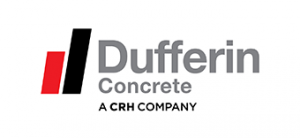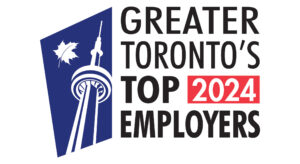Weather Application
Climatic conditions such as ambient temperature, wind speed and relative humidity can significantly affect water loss at the concrete surface. In addition to making finishing more difficult, a surface that dries too rapidly increases shrinkage and the risk of cracking.The chemical hydration reaction of the cement requires a sufficient amount of water as well as appropriate temperature conditions to allow the concrete to achieve the specified strength and durability.
Dufferin Concrete has developed a Concrete Evaporation Calculator to estimate the evaporation rate of concrete under current climatic conditions and recommends mitigation or protection measures to be put in place to ensure the quality of your concrete pour. Generally, when the evaporation rate exceeds 0.5kg / m² / hour, mitigation measures should be considered.
As a partner committed to your success, in addition to providing concrete to carry out your work and deliver on your projects, Dufferin Concrete offers you products and value-added solutions that can help you contend with any challenge, including restrictive climatic conditions. Contact us if you need additional advice for your concrete work.
Dufferin Concrete has developed a Concrete Evaporation Calculator to estimate the evaporation rate of concrete under current climatic conditions and recommends mitigation or protection measures to be put in place to ensure the quality of your concrete pour. Generally, when the evaporation rate exceeds 0.5kg / m² / hour, mitigation measures should be considered.
As a partner committed to your success, in addition to providing concrete to carry out your work and deliver on your projects, Dufferin Concrete offers you products and value-added solutions that can help you contend with any challenge, including restrictive climatic conditions. Contact us if you need additional advice for your concrete work.
Disclaimer:
This Weather application should be used only as a guide and the user should contact us for advice on mitigation measures to ensure the best quality results. Dufferin Concrete is not responsible for incorrect information provided by the user or incorrect use of the Weather Application.air temperature ºC
RELATIVE HUMIDITY (%)
WIND VELOCITY (KM/H)
CONCRETE TEMPERATURE
EVAPORATION RATE (KG/M2/H)
--



